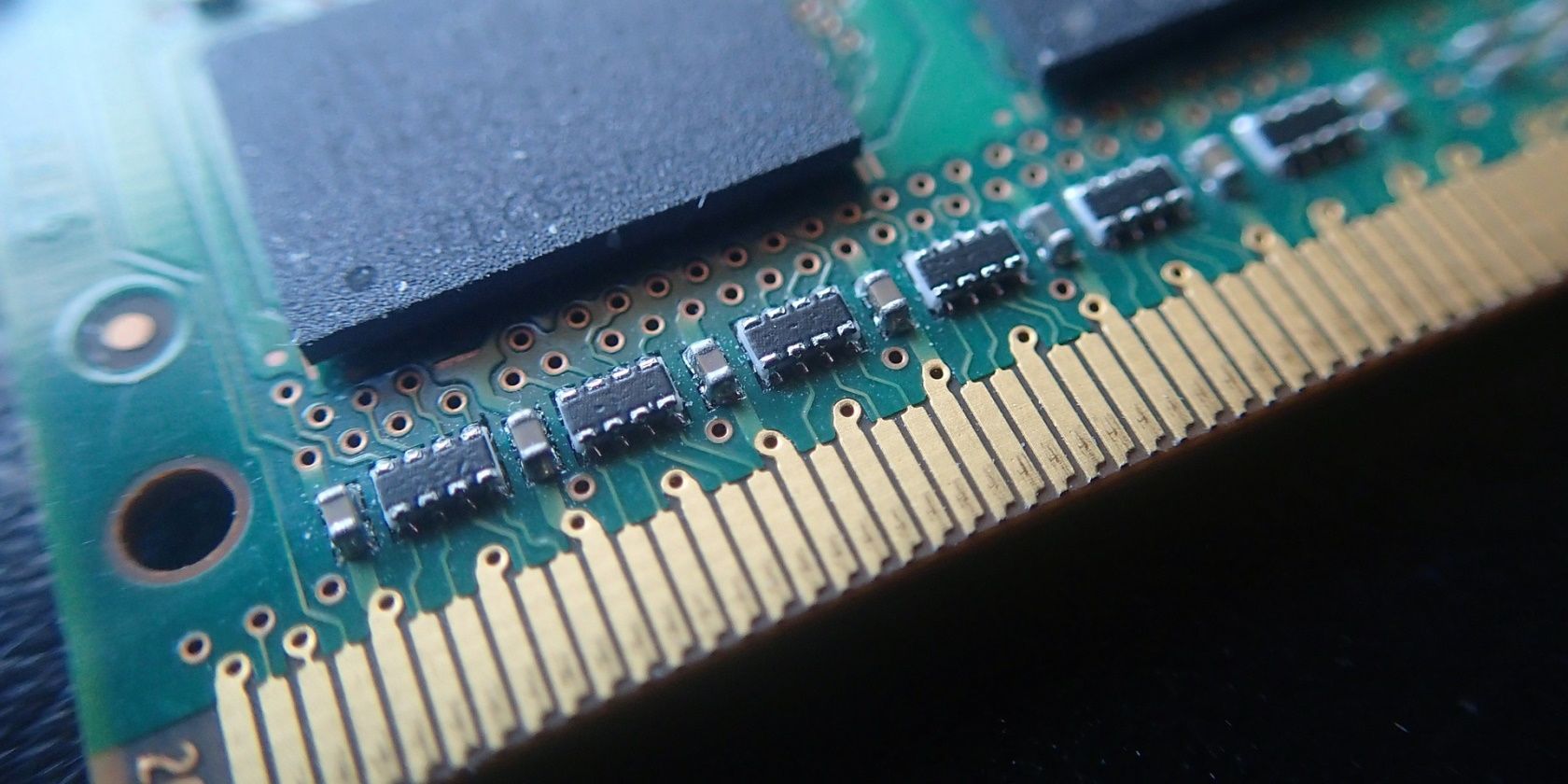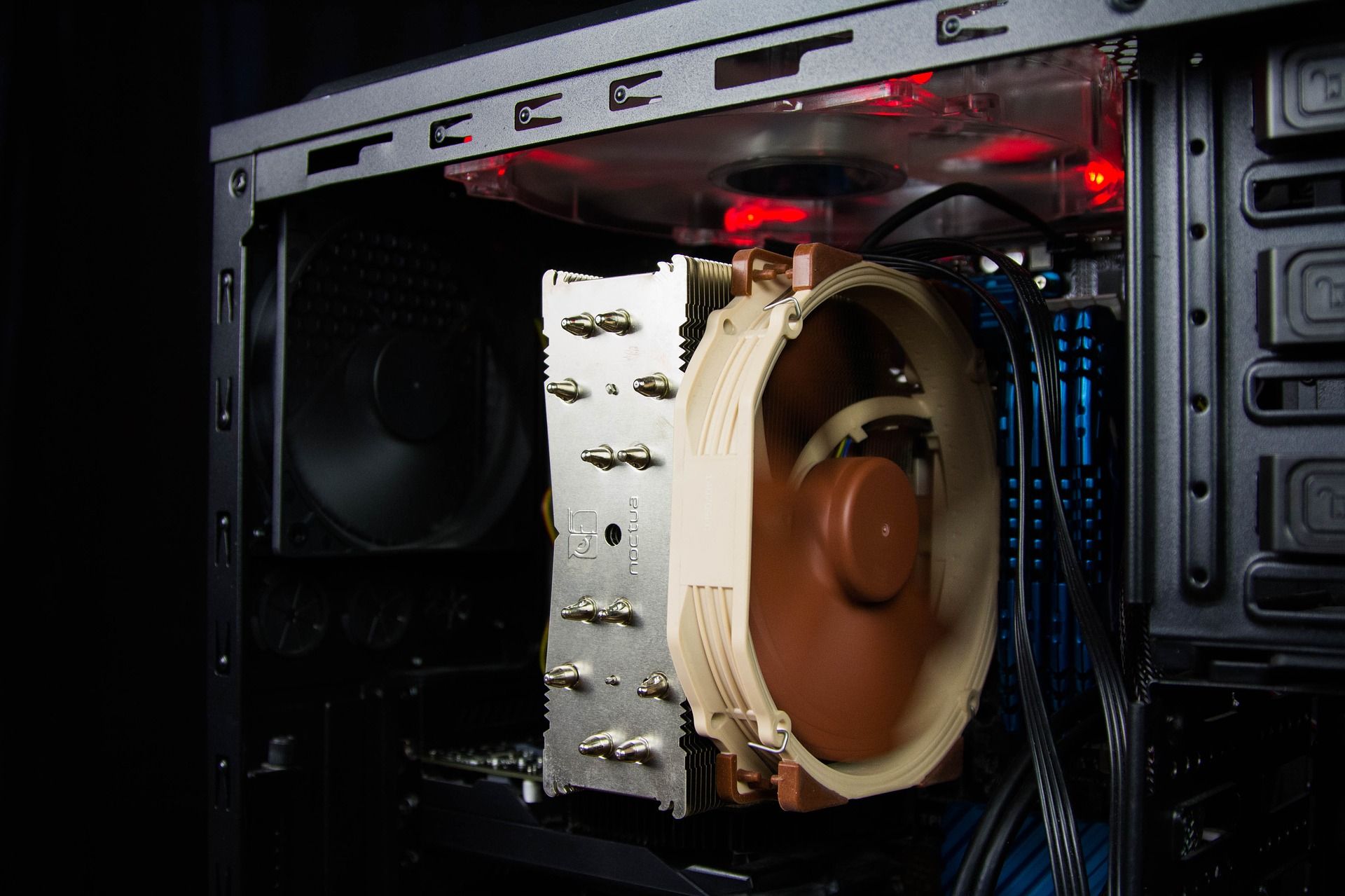DDR5 RAM is on the horizon, and there’s been some talk about it in various gaming communities. So far, people seem split over whether it’s worth switching to the new technology, or, if we should wait a little longer.
If you’re on the fence yourself, you’ve probably seen various good arguments supporting the switch.
So, let’s have a look at the opposite side of things—are there any good reasons why you might want to wait a little longer before switching? As it turns out, there are. And, it’s a good idea to be aware of as many of them as possible before making the final decision.
What Is DDR5? An Overview
DDR5 stands for Double Data Rate 5, and is the next stage in the evolution of DDR RAM technology. It offers various improvements over its predecessor DD4, mainly in terms of speed, bandwidth, and power usage. With theoretical speeds of up to 51.2GB/s, it can provide a significant performance boost over previous versions.
It’s likely going to become the default RAM technology in the near future, but we’re still not quite there, yet.
At the moment, DDR5 does offer some clear improvements over DDR4. Enthusiasts are already considering switching over to the new tech. But, at the same time, it’s important to take a realistic look at what DDR5 has to offer over DDR4 with regards to the price increase. For many people, the extra investment might just not be worth it right now.
4 Reasons to Avoid Upgrading for Now
It can be tempting to consider upgrading to DDR5, especially if you’re planning on building a new gaming computer soon. But, it’s probably best to wait a little longer, unless you’re specifically interested in some of the improvements it brings to the table. It’s very likely that the technology is going to become more affordable in the coming months and years.
Price
DDR5 is going to be much more expensive than DDR4 once it’s out for good, and this will likely remain the case for quite some time. Things are particularly bad right now in this regard due to the recent global semiconductor shortage, so you can expect it to remain an expensive option for a long time.
Performance Gains
The performance gains stated right now sound nice, but you must consider how much of a bottleneck your RAM actually is in the typical scenario. In most cases, you’re far better off focusing on other components of your computer.
Replacing your disk drive with a modern SSD is a good example of something that can bring more benefits to the table.
Compatibility
Compatibility with other hardware is likely going to be a concern in the beginning, too, especially for motherboards and processors. It’s still not clear exactly how much you will have to adjust in your system in order to accommodate for DDR5, but you might need to look into replacing your processor. And that can make the upgrade very expensive as a whole.
Proven Stability
Last but not least, it’s a good idea to wait a little while before jumping to new technology that still hasn’t proven its stability. There are probably not going to be too many issues with DDR5 in this regard, as RAM, in general, doesn’t pose any stability issues for the most part. But, it’s something you should keep in mind.
When Should You Upgrade?
With all that in mind, when exactly is it a good time to make the switch? Currently, experts are predicting a reasonable waiting period of between six to twelve months. Waiting a full year before making the switch can seem a little extreme, but it will likely put you in a very good position on the market.
That’s because you’ll benefit from a wider range of compatible hardware, like motherboards and CPUs, while also getting to pay less for the upgrade overall. Hardware prices tend to go down very fast after the initial launch, so you shouldn’t have to wait too long. The recent situation caused by global shortages was a unique development and not indicative of how things typically move in this field.
Keep an eye on relevant news outlets as well. The technology is going to receive a lot of attention once it’s out for good, and we’re going to see various attempts to analyze what it brings to the table and how viable of an upgrade it is. Gather some data before making your final decision.
Alternatives to Consider for a Performance Boost
If your main goal is to boost your performance, and you don’t specifically care about RAM in this regard, there are other areas to look into that will likely bring better results. As we mentioned above, start with your disk drive. This is the main performance bottleneck in most builds, including modern ones that use M.2 SSD drives.
Consider upgrading to a new processor as well. Not just because of the raw speed upgrade, but also because it will make your system overall work faster by facilitating faster operations between different hardware components.
Last but not least, check your cooling situation, too. This is something that can often use a lot of improvement and people, unfortunately, don’t even realize that while they’re focusing on other components of the system. If your cooling is not in order, everything else is going to work slower and will likely cause you various problems along the way.
Waiting Is Your Best Option Right Now
In the end, you’re probably far better off waiting this out. DDR5 is here to stay and there’s no denying that, so it doesn’t make much sense to rush getting into it if you don’t specifically need it for anything at the moment.
And, if you’re like the majority of users on the market right now, it’s very likely that you don’t actually have any specific use for what DDR5 has to offer.



